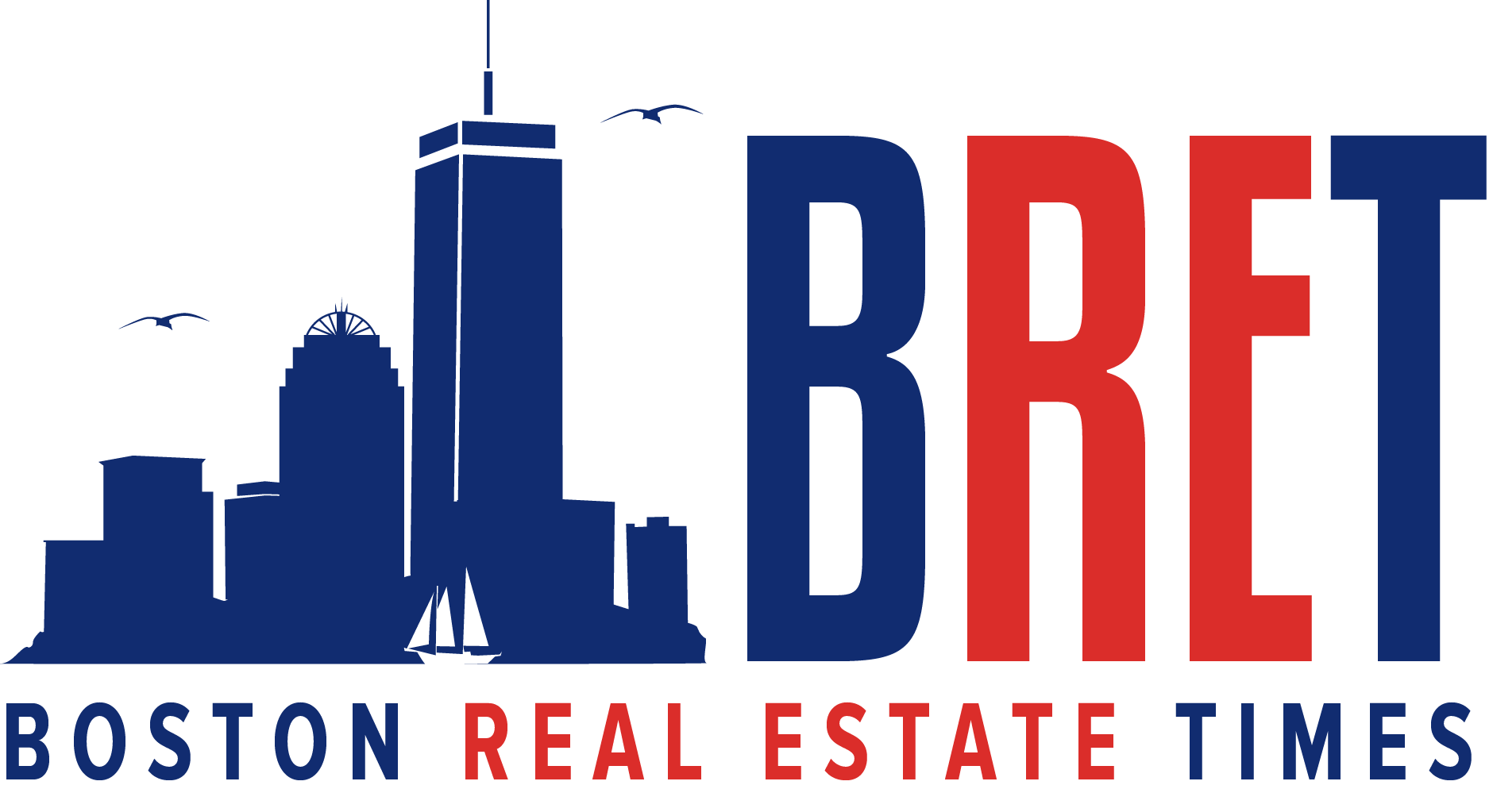Boston – Cushman and Wakefield released its year-end market research that tracks the performance of the commercial real estate market in Boston, Cambridge and the suburbs, saying that there are only six existing options for tenants in proper Boston for over 150,000 square feet.
If 2017 was the year of the big deal in Boston, then 2018 was the year of even bigger deals. Just seven companies accounted for nearly 1.5 million square feet (msf) of new leasing activity, the report said.
As a result, there are only six existing options for tenants in the market for over 150,000 square feet (sf) – 601 Congress Street, 200 Berkeley Street, 1 Lincoln Street, One Post Office Square, 100 Summer Street and 10-20 Channel Center. So few options means tenants with looming lease expirations are experiencing diminished negotiation leverage on renewals. And we are advising those in the market for new space to have a solid second choice – as there is a high likelihood their first choice will be leased out from under them.
In Cambridge, 2018 was another chapter of the same narrative. At 3.1% and 0.7%, respectively, both office and lab vacancies are effectively non-existent. Rents continue to escalate – starting in the high $80s to mid-$90s PSF (NNN in lab buildings) – with 3% annual escalations. This represents a 5% increase in lab and a 10% increase in office rents over the last six months. Relentless demand also means available space is rarely marketed in Cambridge – everything is done by word of mouth – and is typically leased before a marketing plan can be put into action. Cambridge is now one of the strongest markets in the world.
In the suburbs, life sciences and new construction are still the prevailing themes. Excluding renewals, nearly 1.0 msf of new life science leases were signed in suburban buildings in 2018. This is in addition to the 1.0 msf of new life science leases signed in 2016 and 1.0 msf signed in 2017 – that’s the equivalent of three Prudential Towers’ worth of new suburban life science deals executed in the past 36 months. This demand is leading to the conversion of office space into laboratory space – Boston Properties has commenced the conversion of 200 West Street, Waltham and 33 Hayden Avenue, Lexington from office to lab buildings.
Here are more from the report:
Boston
- 2018 was banner year in Boston – 121 Seaport Boulevard and Pier 4 delivered 100% leased to Alexion, PTC, Boston Consulting Group and Cengage.
- Other leases over 100,000 square feet signed this year include Verizon Corporate Services Group (450,000 sf at 120 Causeway Street); Amazon (430,000 sf at Parcel L4 in the Seaport); AIR Worldwide (115,000 sf at 500 Washington Street); Nixon Peabody (105,000 sf at 53 State Street); Burns & Levinson (100,000 sf at 125 High Street)
- We are beginning to see empirical evidence of WeWork (specifically) and co-working (in general) impacting the Boston market in the form of sublease availabilities that are becoming harder and harder to lease.
-
- Sublease absorption has been negative for the past four consecutive years – meaning more space is put on the market than is being leased.
- The average block of sublease space is 9,000 square feet. And has been on the market for an average of 13 months. 24 months ago, it took an average of 10 months for a tenant to sublet their space. While three months may not seem like much, it is a 25% increase in the amount of time this space is on the market – a very real metric when it comes to financial obligations.
- We know from conversations with tenants that preferences for the flexible terms and collaborative nature of co-working space is leading companies toward places like WeWork and Industrious and away from traditional sublease availabilities that were customized for someone else.
Cambridge
- In the lab sector, vacancy in both East Cambridge and the Mass Ave Corridor is 0.3%. There is currently over 2.0 msf of pent up demand for lab space in Cambridge, so it does not appear conditions will change any time in the immediate future.
- The most notable lab lease of the quarter was Invaio’s commitment to 75 Moulton Street – a 37,500 sf lab building renovated in 2016 in West Cambridge.
- In the office sector, 121 First Street (60,000 sf) delivered this quarter. The property is predominantly leased to CarGurus
- Other notable office deals of the quarter include Boeing’s commitment to 100,000 square feet on four floors at 314 Main Street (also known as MIT Gateway)
- Apple and Capital One have also committed to 314 Main Street which is currently under construction and anticipated to deliver in Q3 2020.
Suburbs
New construction and growth of lab requirements have been suburban themes for the past two years – 2018 saw the two converge. Tenants are undisputedly leaving the urban core in search of not only affordable, but available lab/life science space. This demand from the life science sector contributed significantly to the 1.7 msf of suburban absorption this year – a figure that surpassed the million square-foot mark for the second consecutive year.
- For the past 36 months, 1.0 msf per year of life science leases have landed in the suburbs.
- At last count, 130 life science companies occupy nearly 10 msf of suburban inventory
- There is another million square feet of pent-up demand for suburban lab space with requirements through 2021
- 200 Smith Street, Waltham, which delivered completely vacant in the third quarter of 2017 is now nearly 50% leased
- Elevate Bio committed to 146,000 sf and Deciphera Pharmaceuticals will occupy 45,000 sf in April of 2019.


















